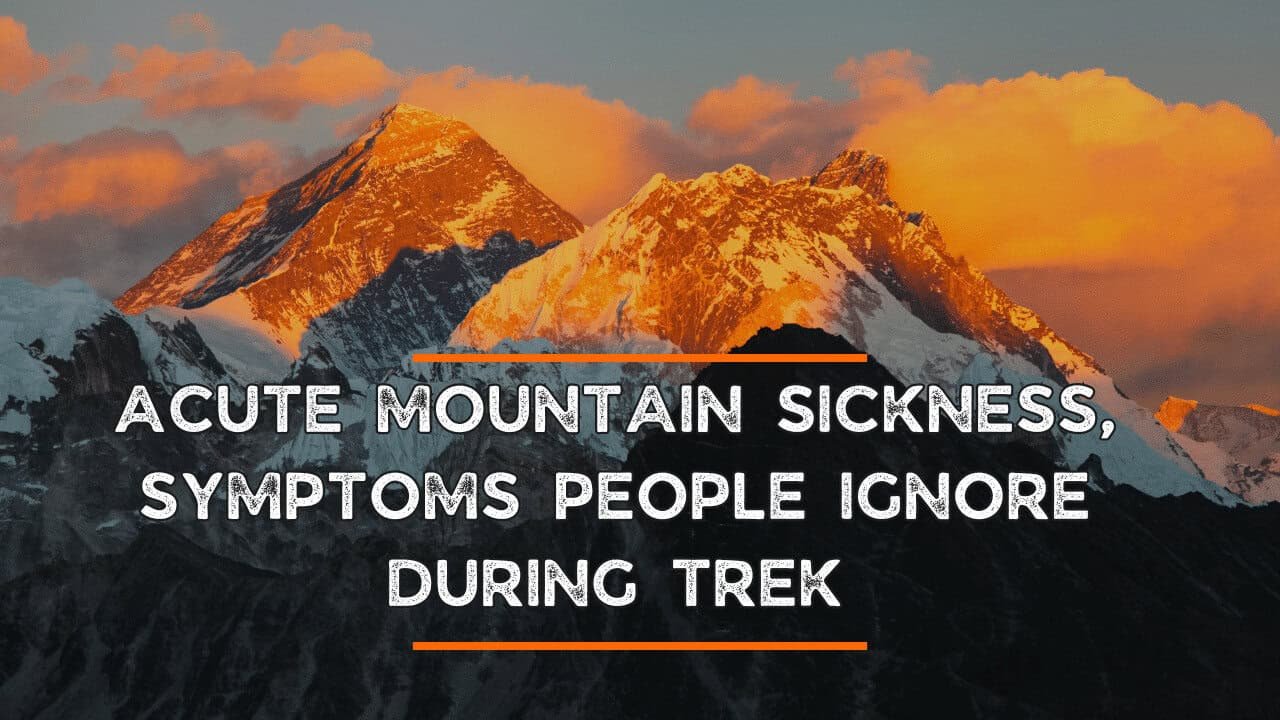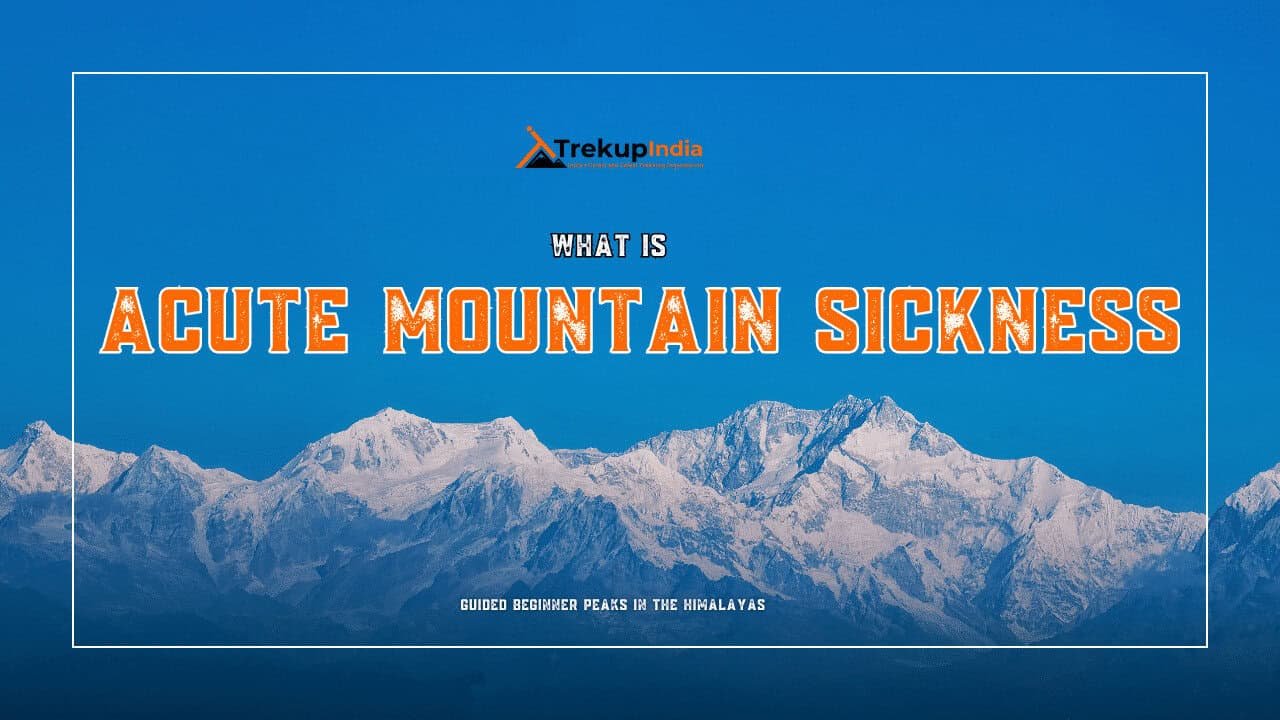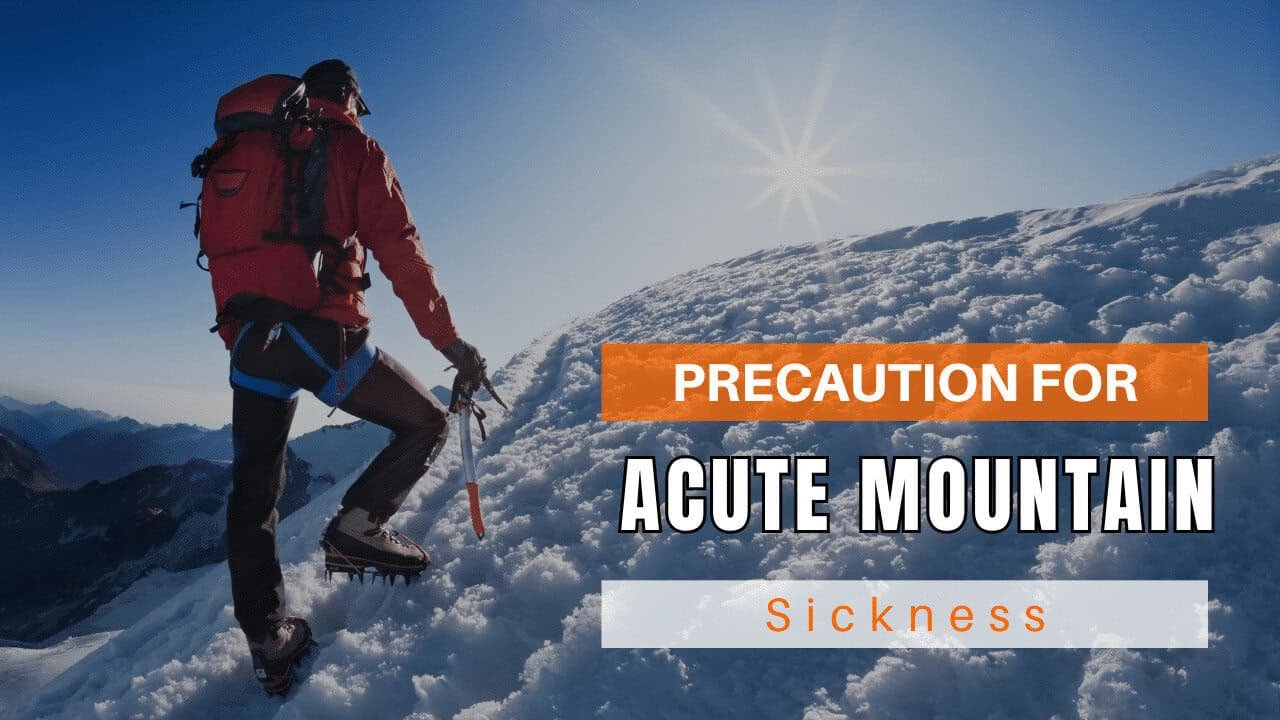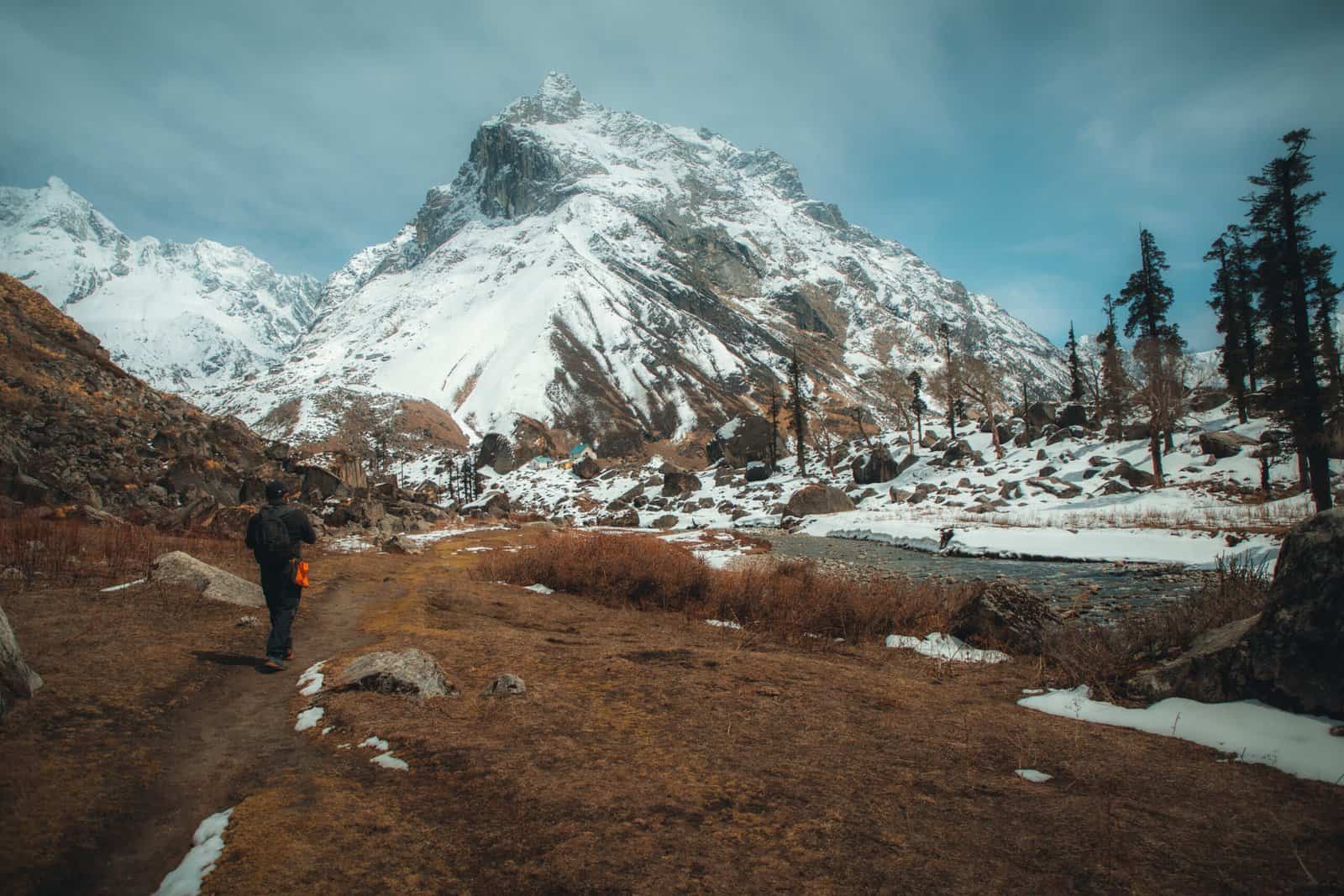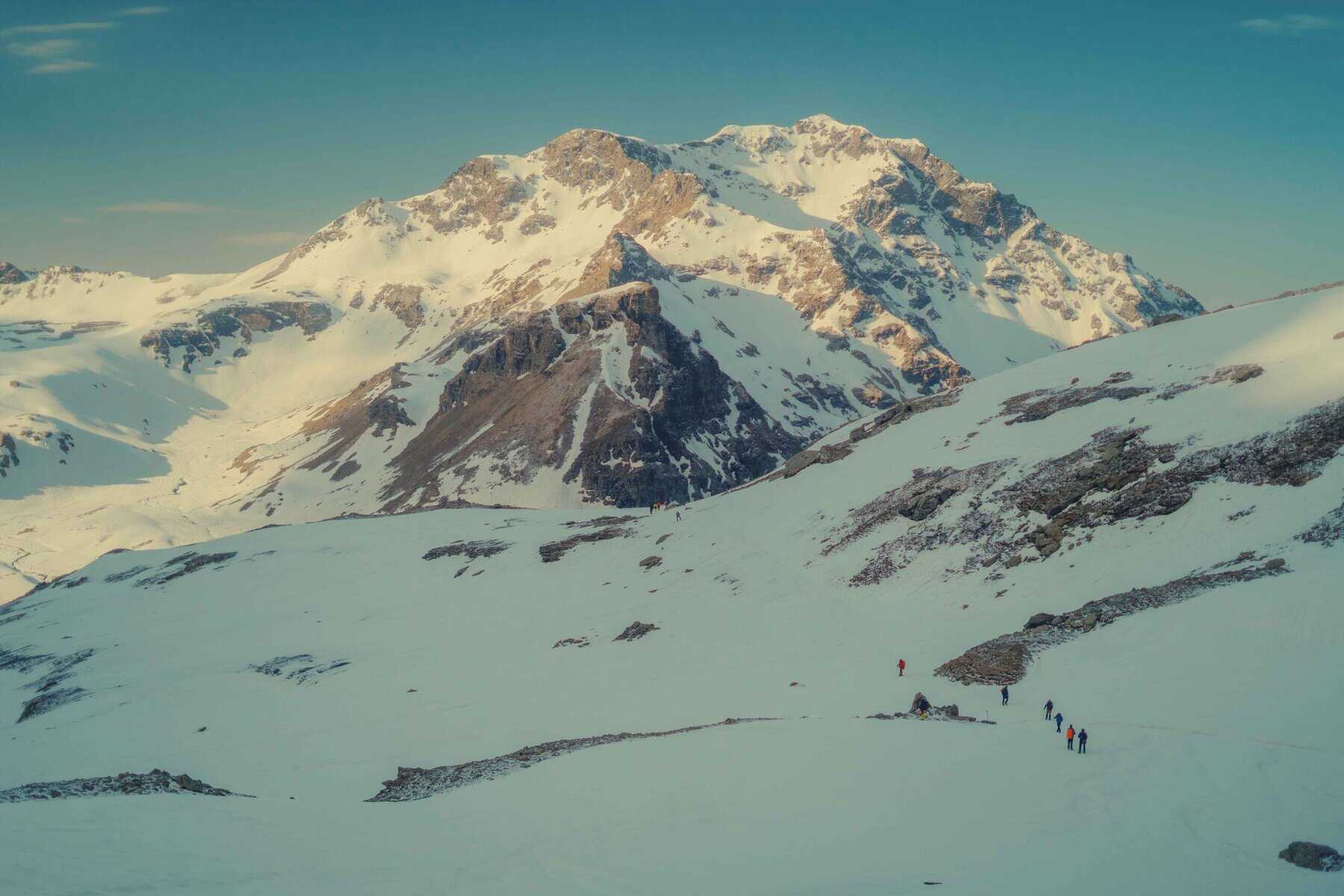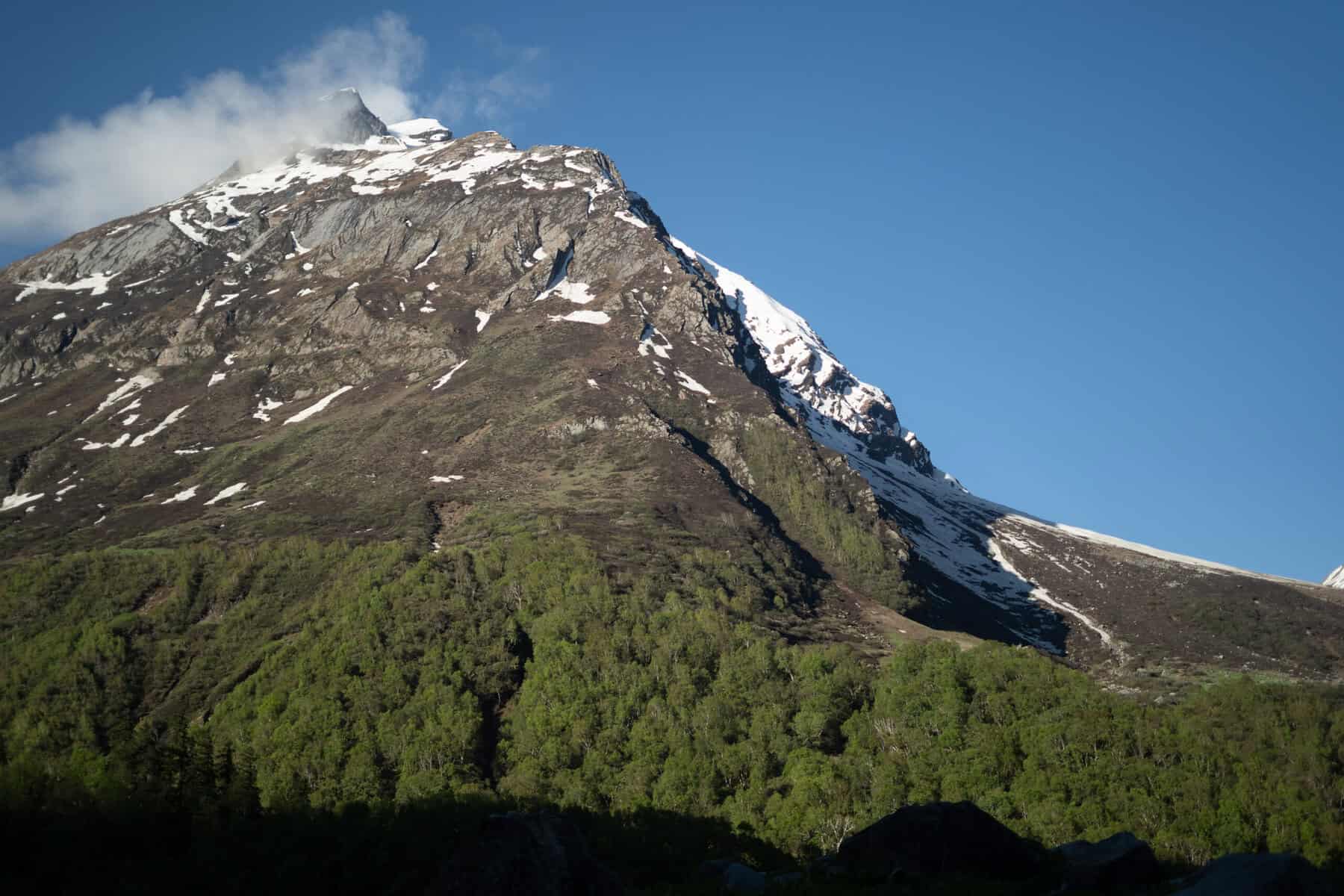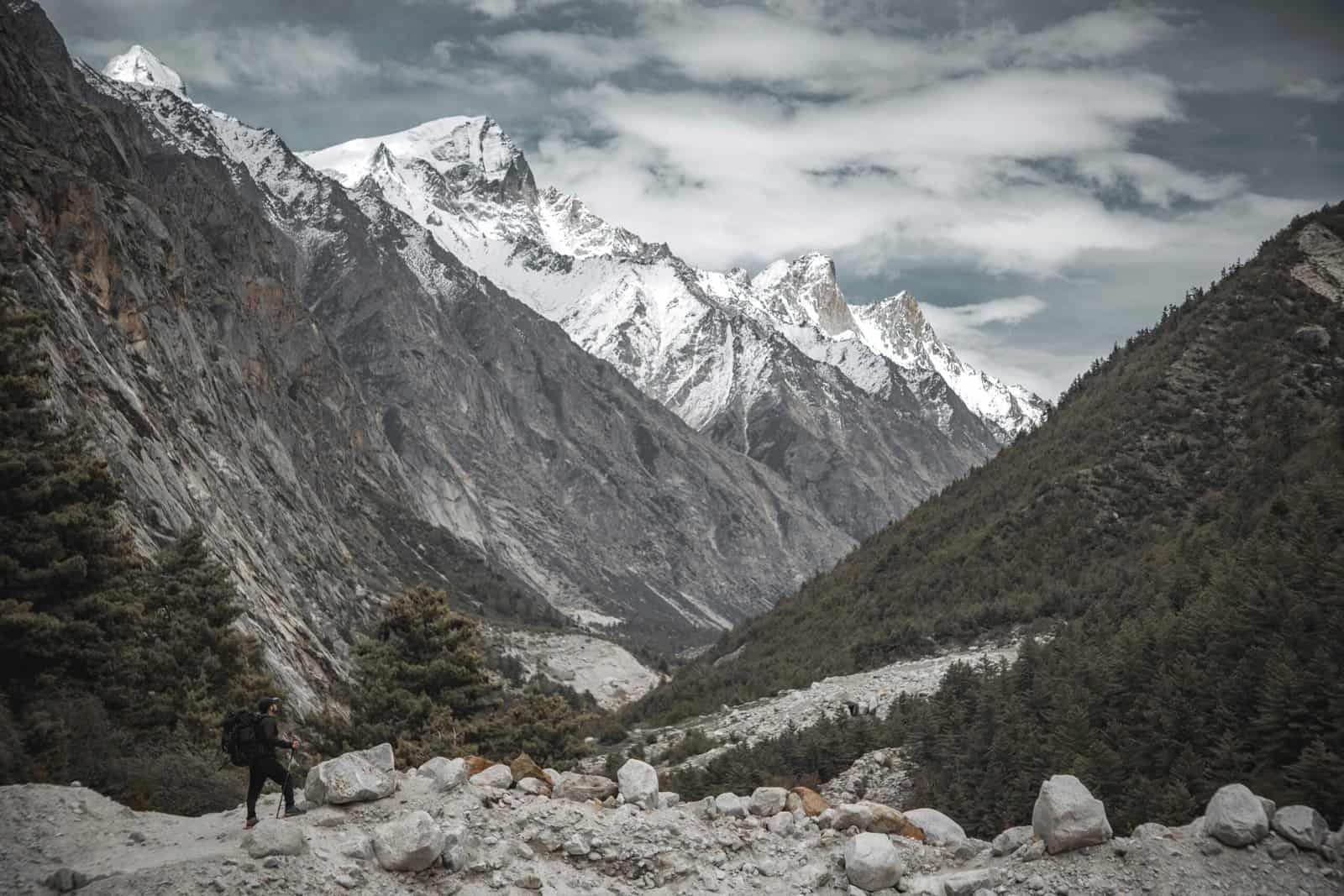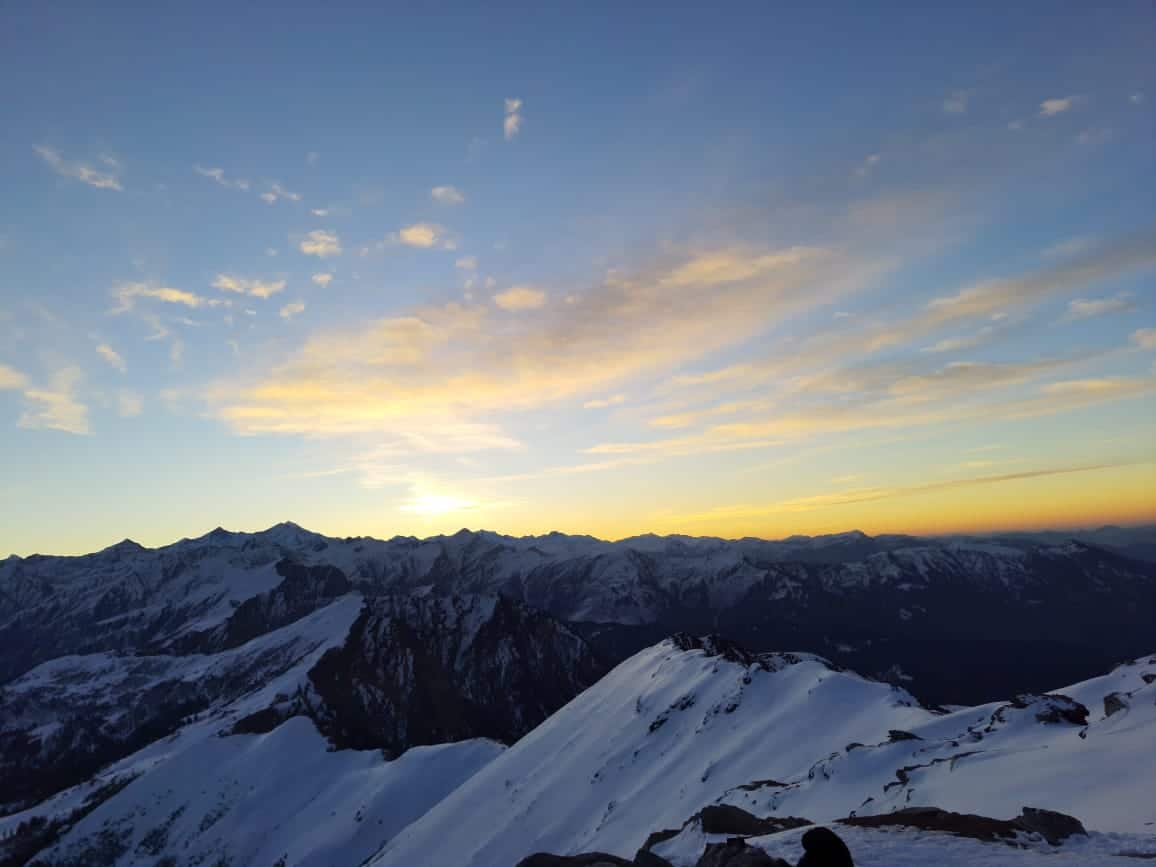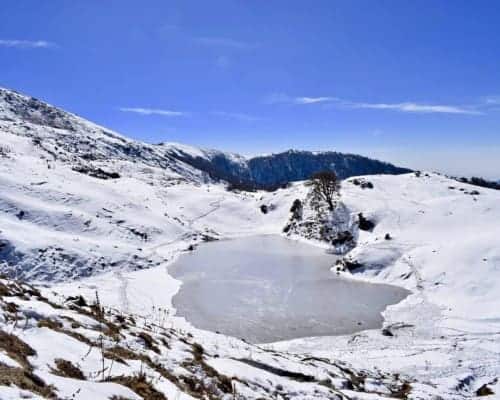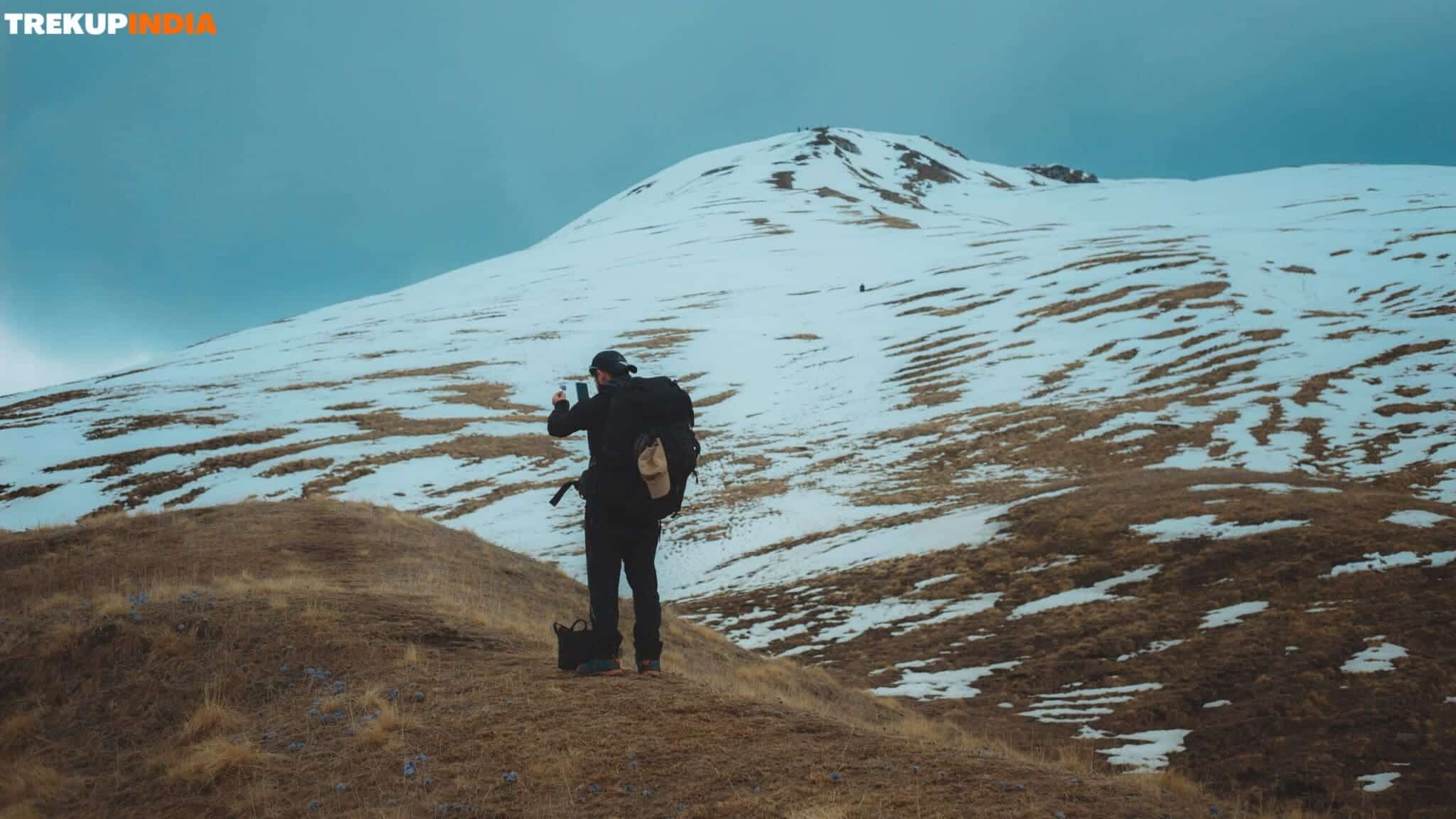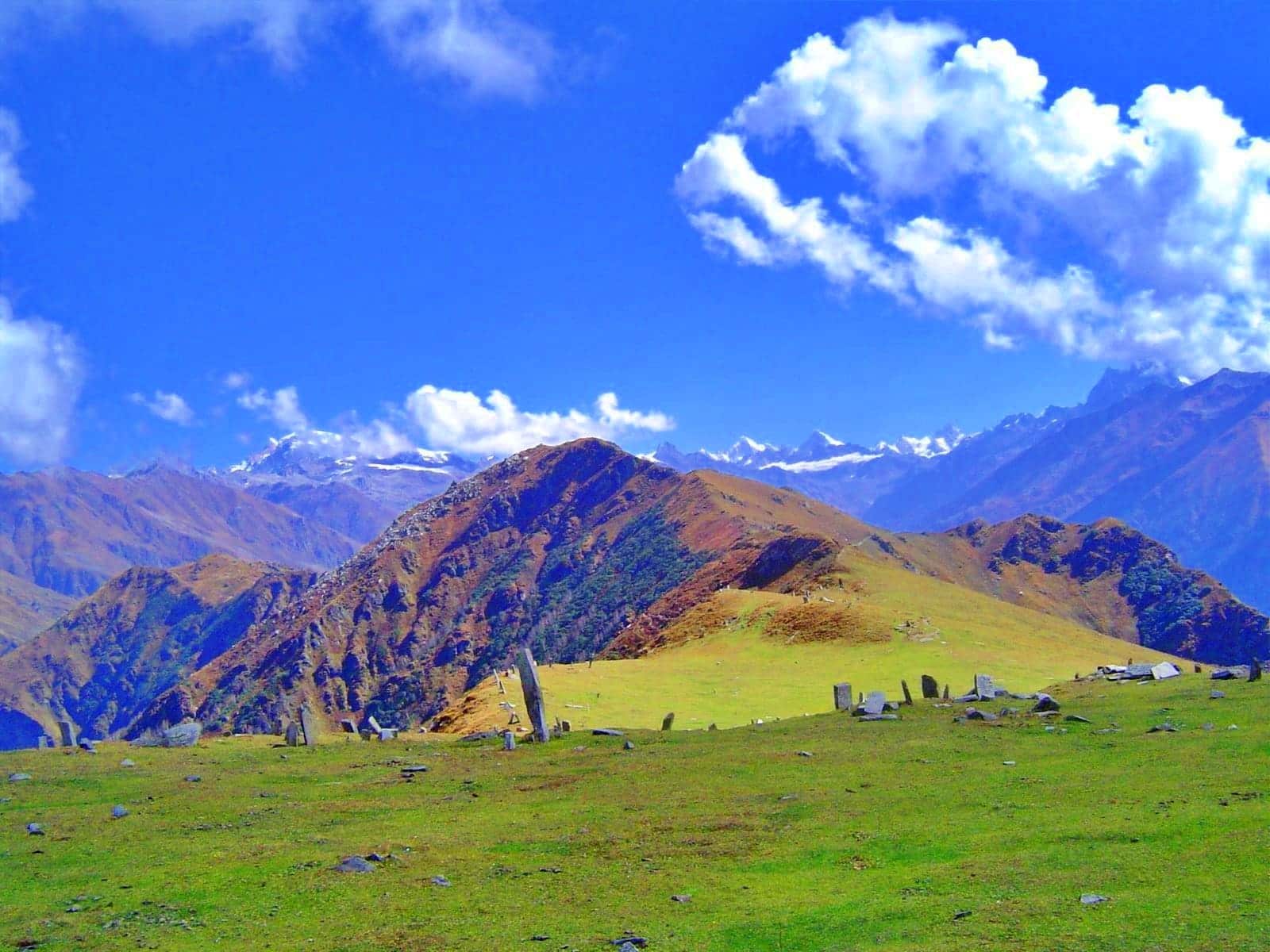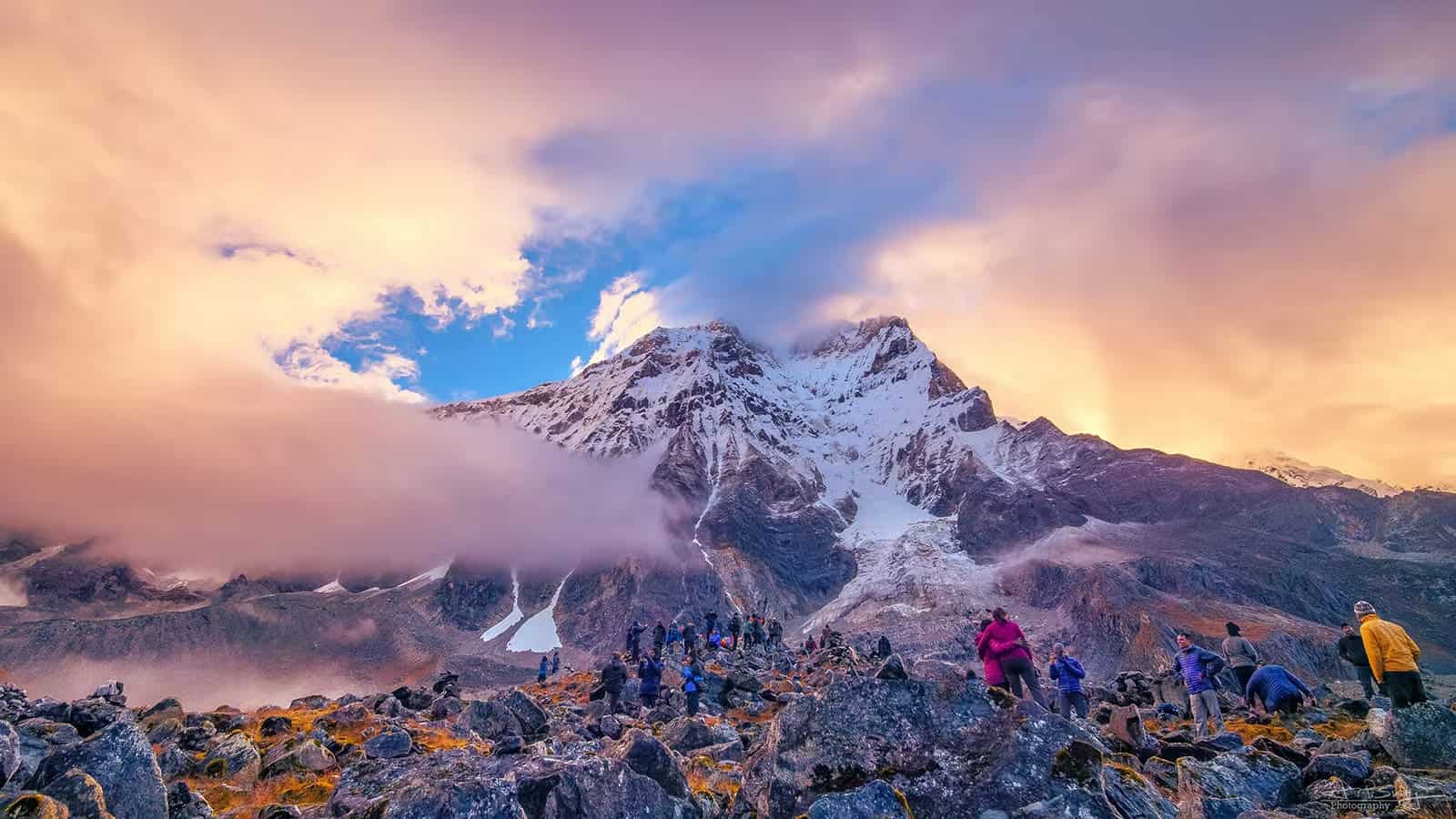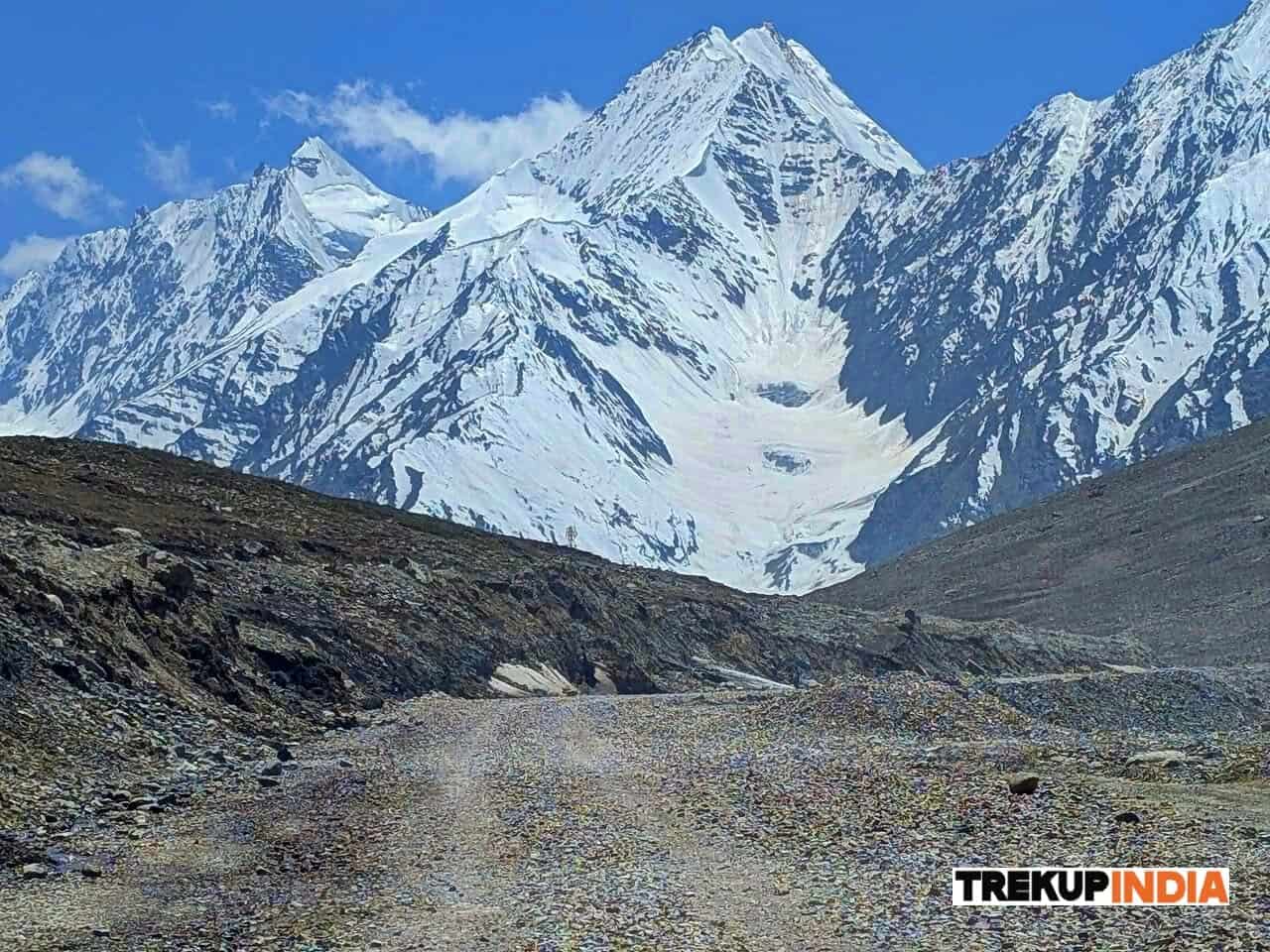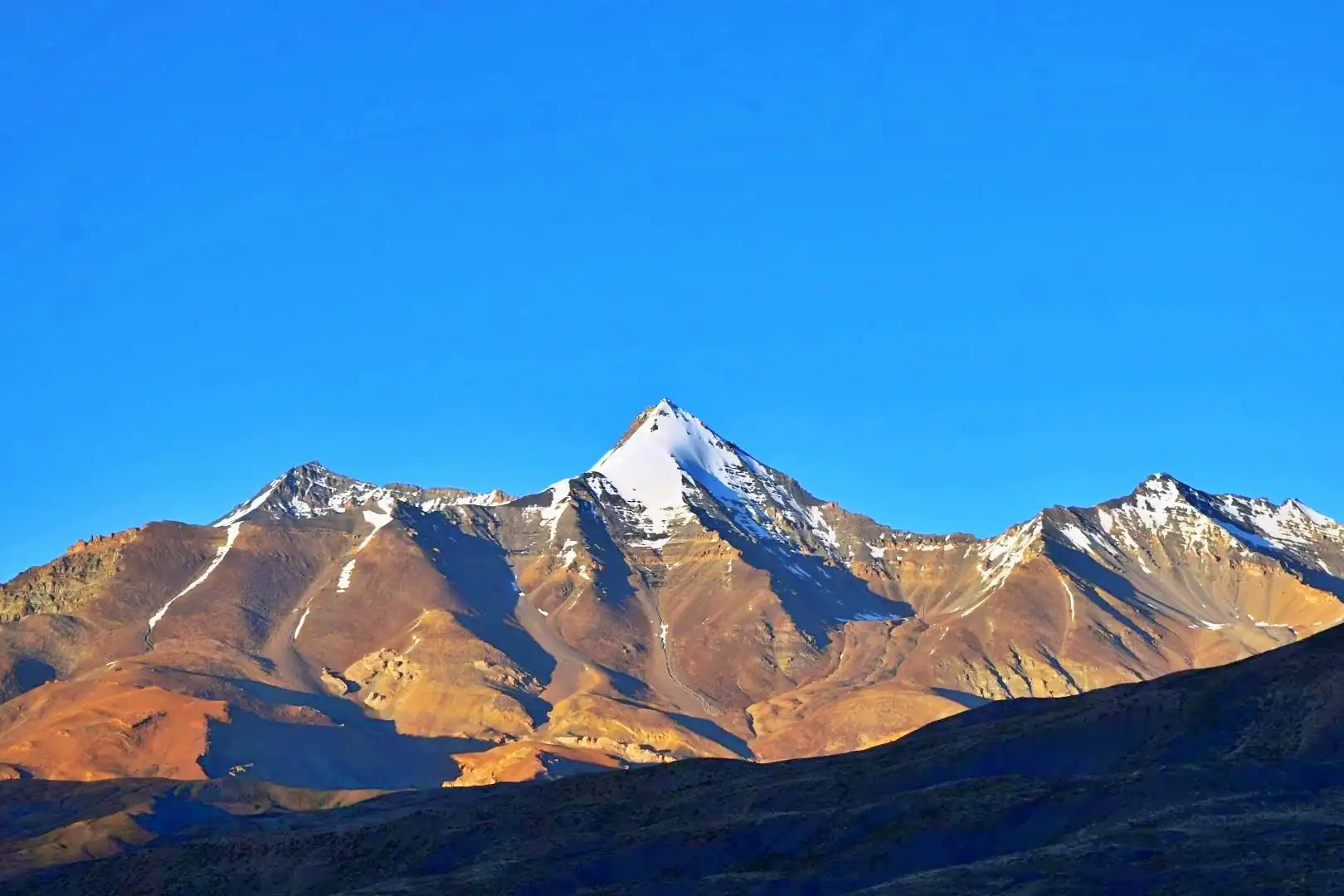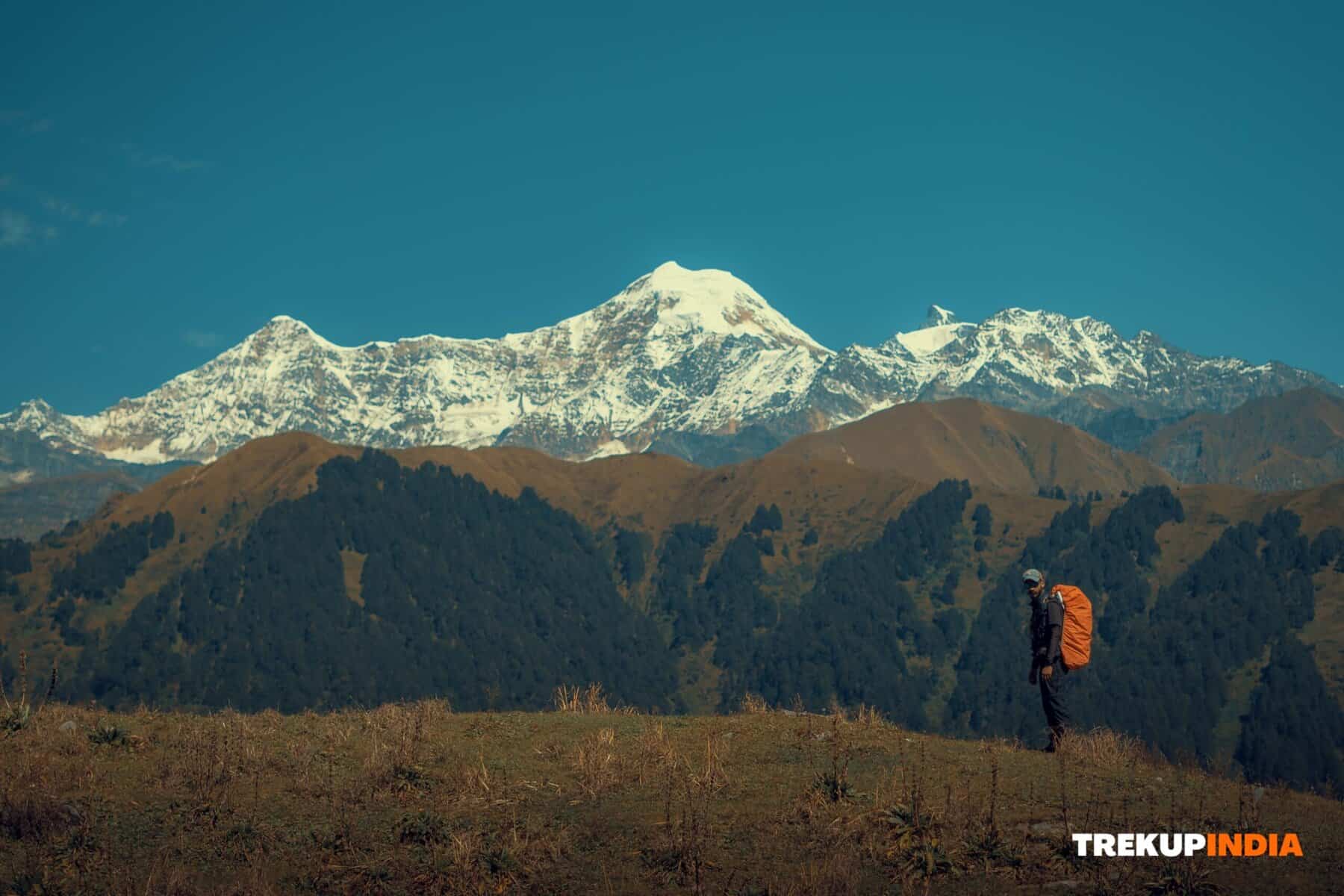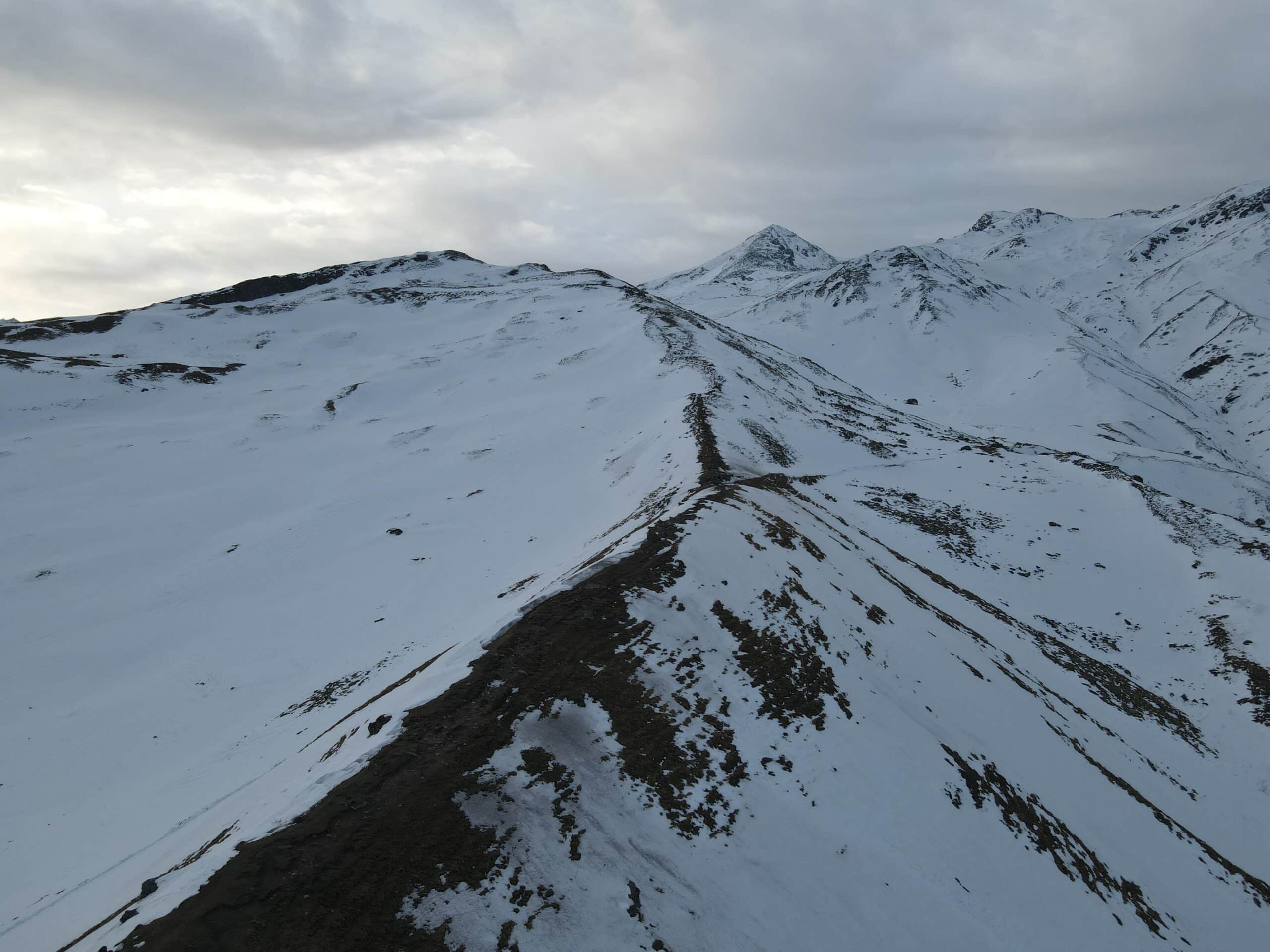Why You Should Do Nag Tibba Trek
If you want to trek to the highest peak in the lower Himalayan region of Uttarakhand, then this trek is for you. The name is derived from ‘Nag Devta,’ the best weekend getaway for adventure seekers. Nag Tibba trek is a beautiful delight for thrill and adventure seekers as you witness flora and fauna, dense green mountains, and lush forests & meadows.
- Forest – Trekkers will get to enter a grove filled with dense oak trees and rhododendrons. Along with beautiful meadows, other trees on this trek are Cedar, Pine, and Alpine.
- Nag Devta Temple – Halfway up the Summit, you will find the holy Nag Devta Temple. The Nag Devta Temple is rich in Indian Mythology. Local villagers hold the Serpent deity highly and offer prayers here. The local villagers believe that God protects their cattle against snake bites. A small body of water is located near the temple.
- Mountains – As you reach the top, you will get a 100-degree view of snow-capped Himalayan ranges like Swargrohini, Bandarpoonch, Kala Nag, Srikantha, and Gangotri. You will also be seeing Kedarnath Peak in the north, along with the snow peaks of Changabang.
- Bhadraj Temple – Bhadraj Temple is believed to be a part of the Badrinath Temple, and it is believed that pilgrims who visit Bhadraj temple receive the same blessing as Badrinath Temple. Every year in August, an annual fair is held for devotees in and around Mussoorie.
- Mythology – There is an old mythology that Nag Tibba is the holy abode of ‘Nag Devta.’ Local villagers pray for the protection of their cattle, and according to Hindu mythology, Nag Devta is considered a guardian deity.
- Wildlife – There are various animals found in this area, like Himalayan Leopards, Himalayan Black Bears, and other animals found in that area, such as deer & langurs.
- Kempty Fall – Gigantic Fall with the somersault of the streams before hitting the bottom, Kempty Falls is the most popular and one of the oldest tourist spots near Mussoorie. Developed more than 150 years ago by a British man.
- Gun Hill – A historical and second-highest peak of Mussoorie, Gun Hill is a favorite place for viewing the picturesque Himalayan range and Doon Valley. A popular viewpoint of Mussoorie, Gun Point is located 400 ft above The Mall and accessible by a cable car.
- Kanatal Hill Station – The top sightseeing place in Nag Tibba is Kanatal Hill Station. Situated near the Garhwal Himalayas, this location is everything that you can call heavenly in a true sense. It has magnificently impressive backdrops of mountains, shimmering sea, lush greenery, and magical sunsets.
for booking and more information
About Author

Preetam Singh Rawat (Founder)
The person behind this trekking organization is someone who’s spent over a decade – 12 years, to be exact – living and breathing the mountains. With multiple high altitude summits under his belt (we’re talking 6000 to 7000 meter peaks), he’s not just experienced – he’s the real deal.
But what really sets him apart is the sheer number of treks he has guided. He has led over 200 Himalayan expeditions, including well known routes like Bali Pass, Buran Ghati, Rupin Pass, Pin Bhabha, Stok Kangri, and Black Peak. Not just once, but multiple times. So yeah, when it comes to the Himalayas, he knows every twist in the trail and every story the mountains have to tell.
Got questions or want to get in touch? Write to Preetam at preetam@trekupindia.com. He’s always happy to chat about treks, answer your questions, or help you prepare for your next big adventure.
Share this article
Dates For Upcoming Treks
Want To Trek Like Pro?
Basically, watch these videos if you want to trek the same way professional trekkers do and make your skills better. These videos contain useful tips and techniques to further improve your trekking skills itself. These videos actually help both new and experienced trekkers improve their trekking skills. These videos definitely provide useful tips that make your trek better. We are seeing that these videos by Trekup India experts will only help you make your trekking skills better.
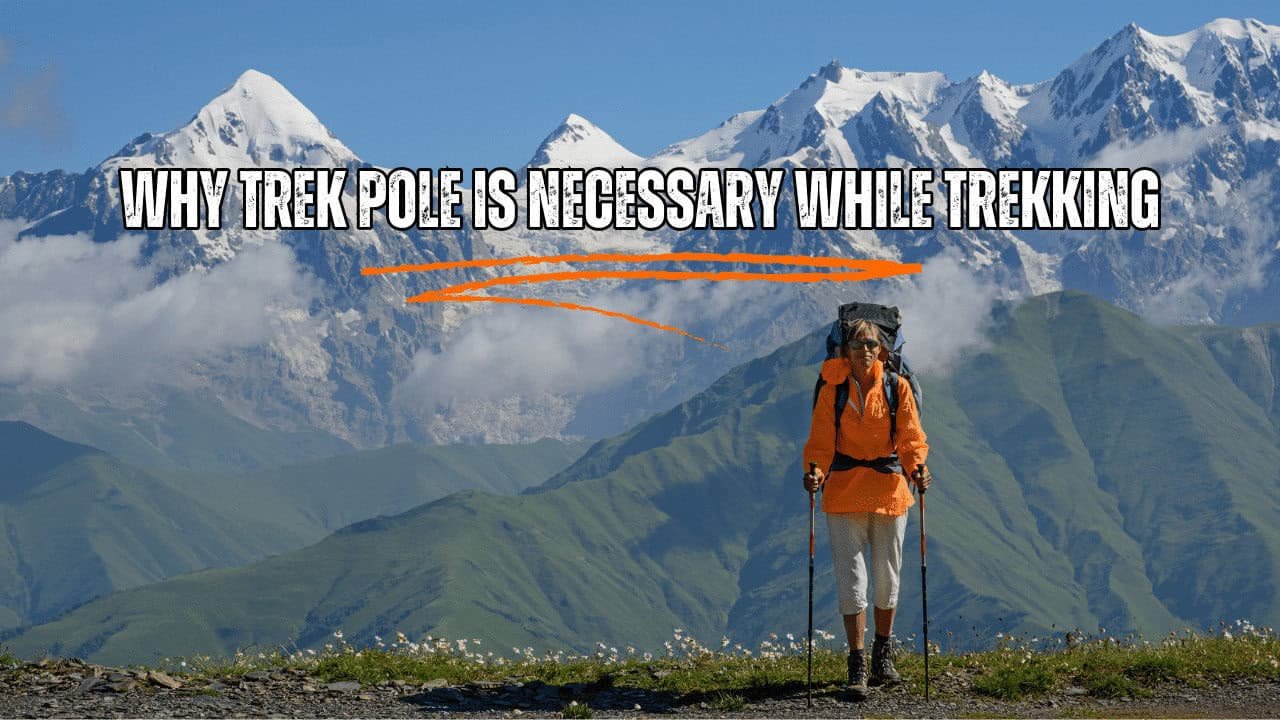
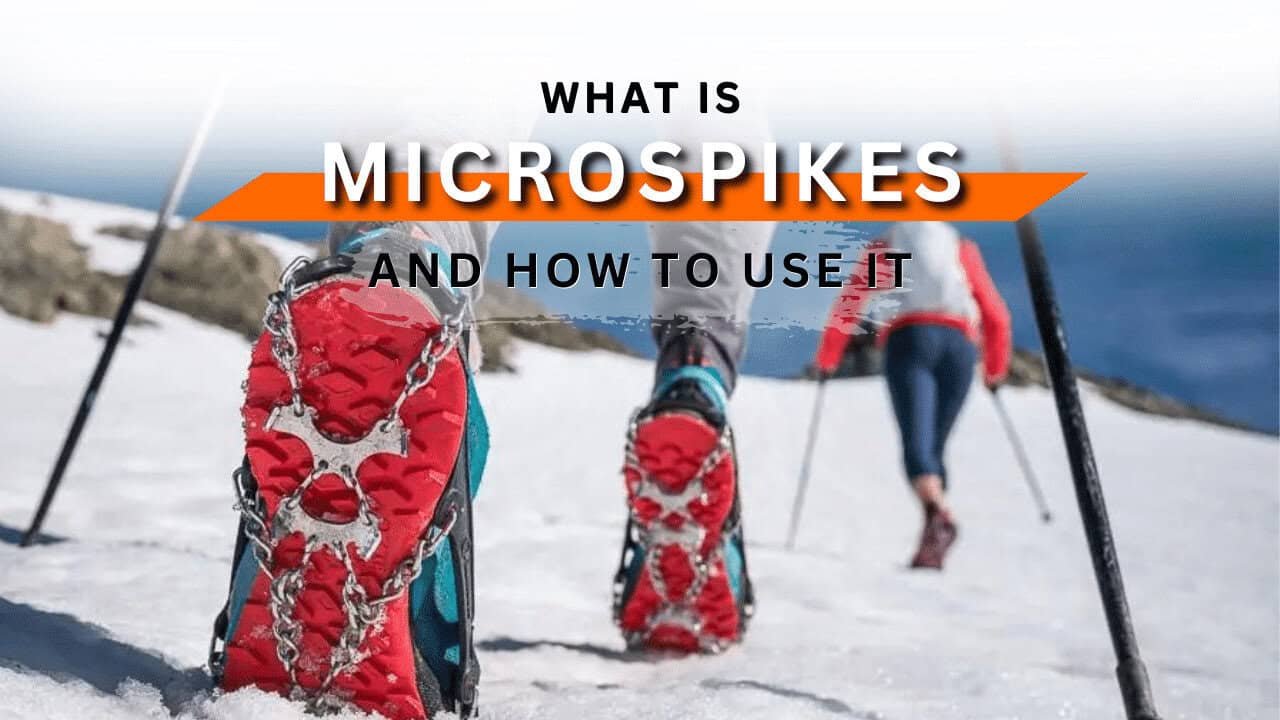
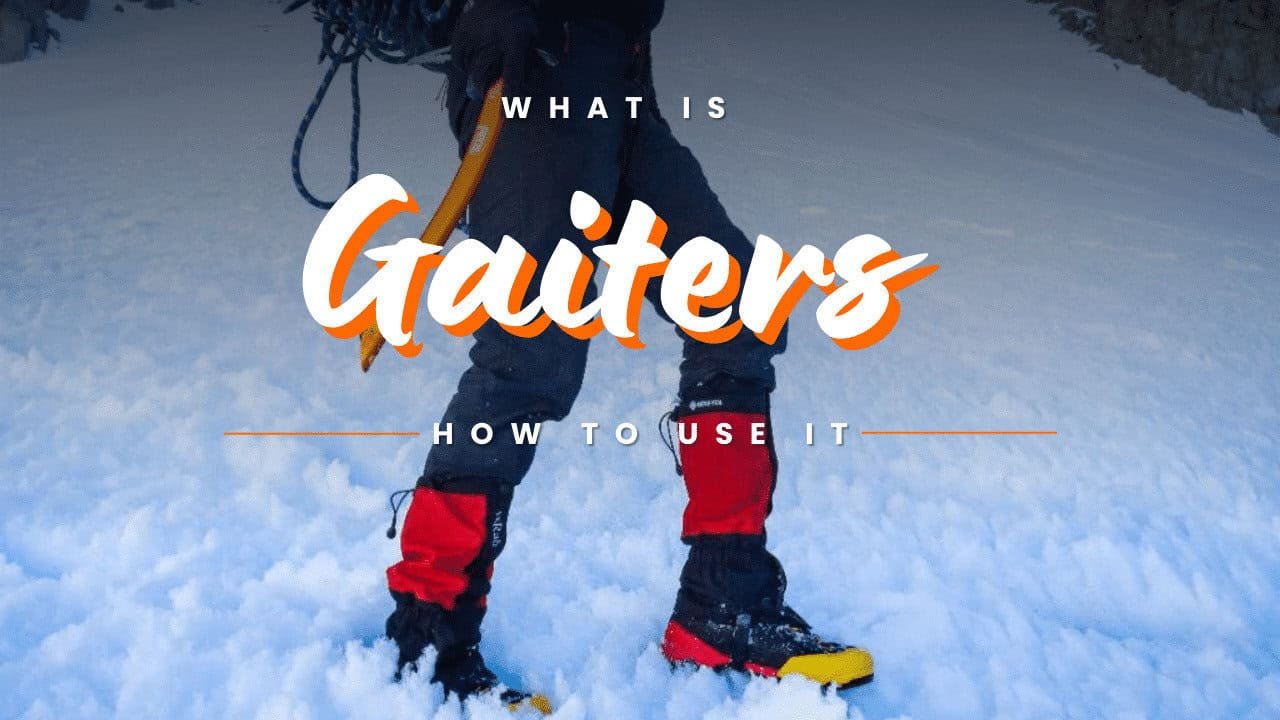
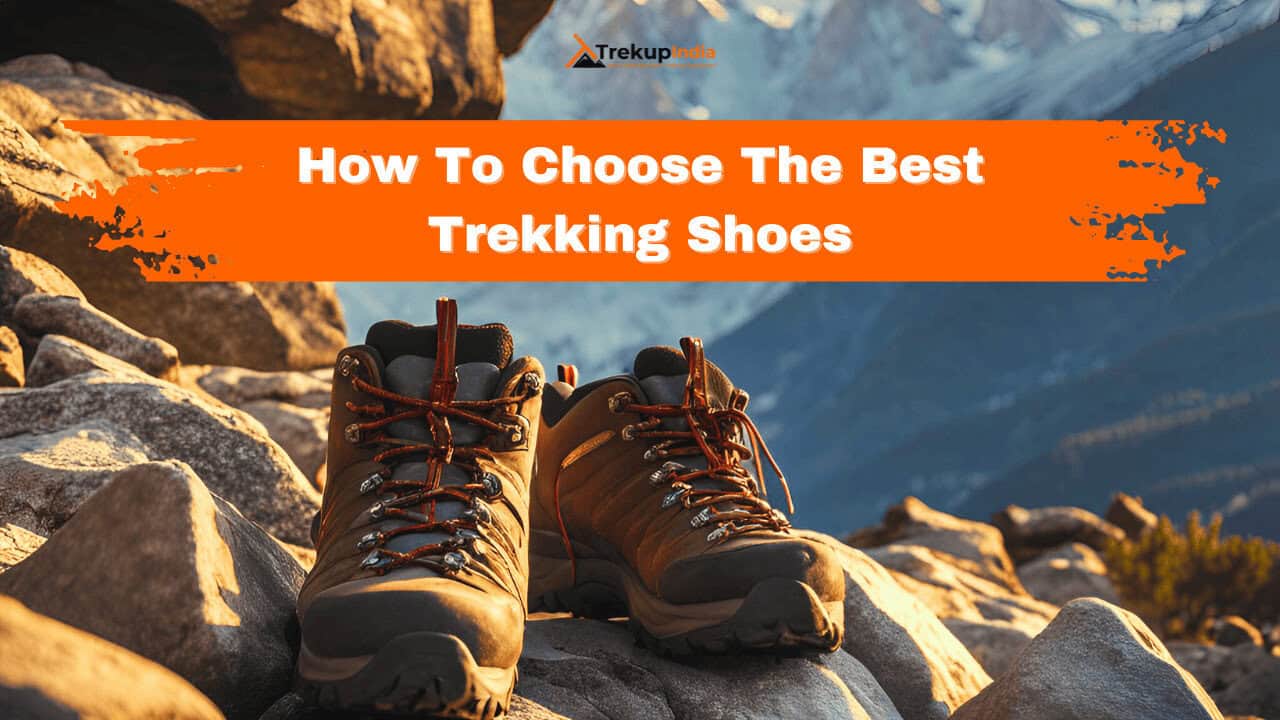

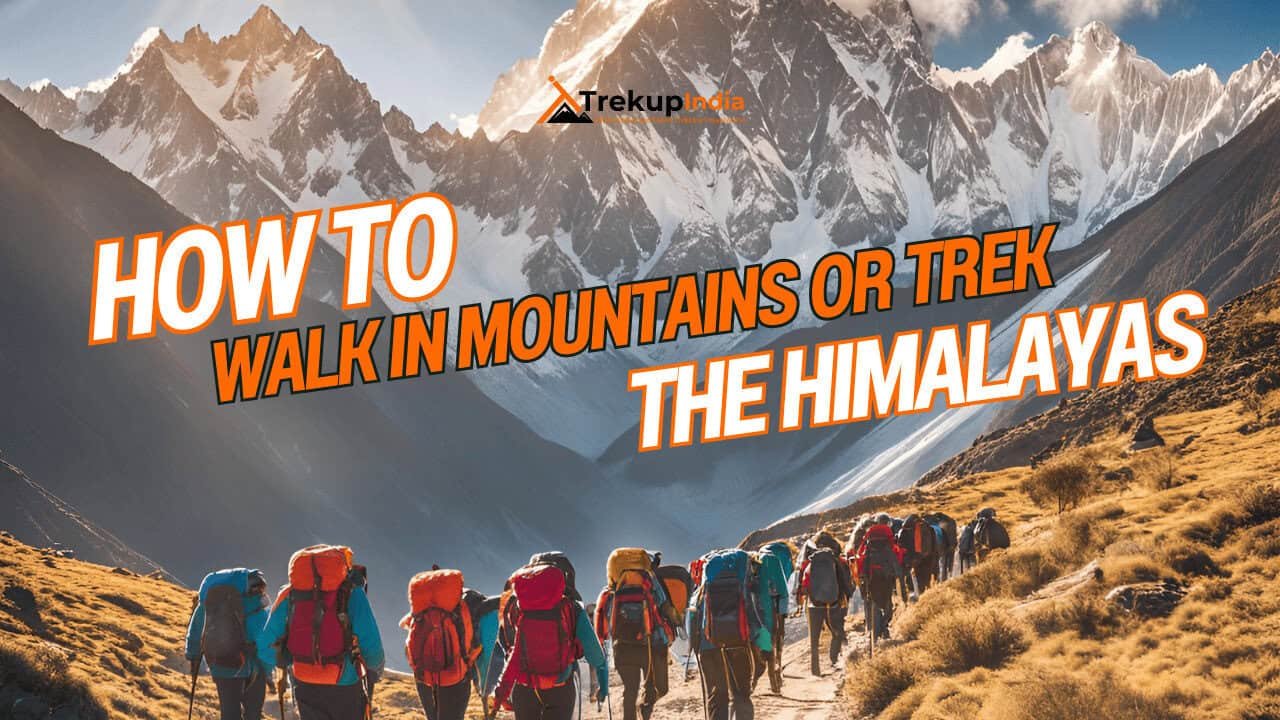

Know Everything About Acute Mountain Sickness
Acute Mountain Sickness occurs when people trek to high altitudes above 8,000 feet. This condition itself develops further due to reduced oxygen levels at such heights. Basically, as you go higher up, the air pressure and oxygen levels decrease, which causes the same problem. Acute Mountain Sickness surely causes headache, nausea, vomiting, and dizziness in affected persons. Moreover, peoples also experience difficulty in sleeping during this condition. To avoid mountain sickness, you should actually trek up slowly to higher altitudes. To learn further about this condition itself, watch the videos by Trekup India.
